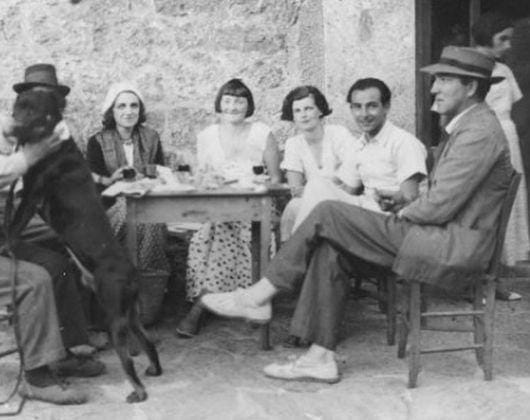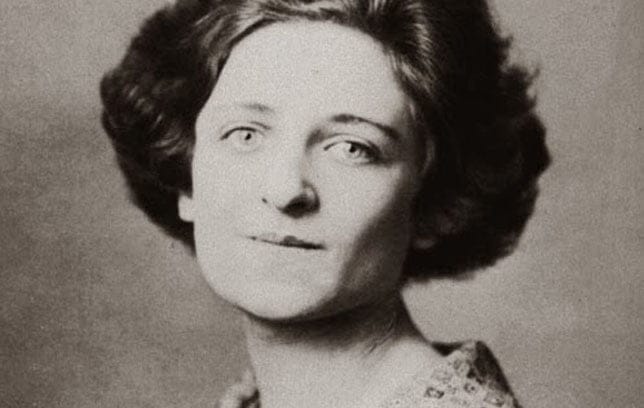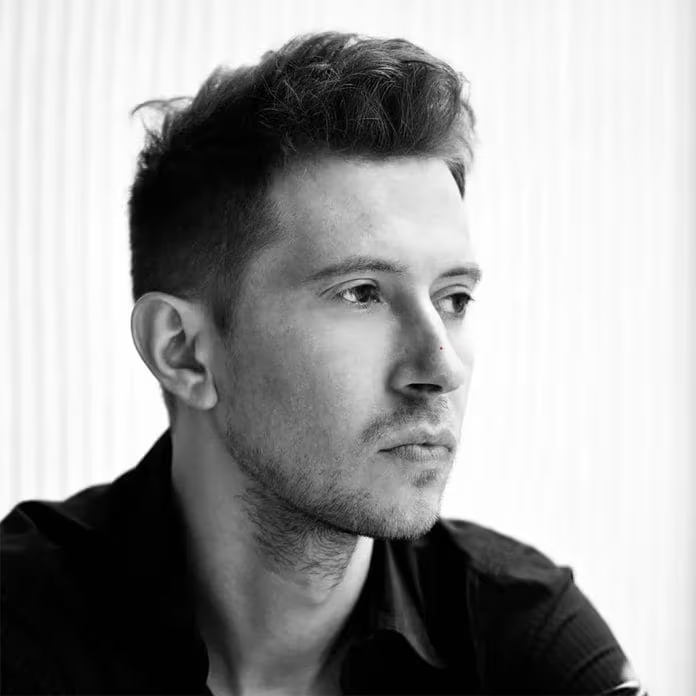In any given lifetime, there are few persons who are truly gifted and able enough to either start a movement or impact their entire generation via the written word. Laura Riding had that unique ability to keep readers hooked on her work simply because of her approach to literature. Laura’s fresh take on expression, very stark views on life and the willingness to include multiple layers in her writing gave her readers a pause. This pause gave the reader time to think and interact with each layer of the written piece. By stripping back the layers, (all of which needed to be peeled back to understand and grasp the full impact of the piece), one could see her source of inspiration and literary goal for each piece of writing.
Early Life in the United States of America 1901-1925
Born on January 16, 1901, in New York, Laura Reichenthal was her given family name as she was born to a family of Austrian Jewish immigrants. At the age of seventeen, a mature Laura was accepted to the Cornell University where her love for writing poetry began to blossom. Speaking of love, it was also at Cornell that Laura was first married to a history professor by the name of Louis Gottschalk in 1920. This early marriage saw many of her early works being published under the name of Laura Riding Gottschalk. As the years went on, her editorial moniker would change as her personal situation changed.
Based on the quality of her work, Laura gained publishing know-how and her work soon gained the attention of the noted scholarly and literary magazine called The Fugitives. The Fugitives operated on the Vanderbilt University campus and their publication history was short (1922-1925), but they are still considered to be one of the most influential publications in American history. Their work and specifically the additions made by Laura became the foundations of the New Criticism literary movement.
A turning point came in Laura’s life in the year 1925 as it was in this year she divorced the professor and moved to Europe on the invitation of the married couple Robert Graves and Nancy Nicholson. It would have been fourteen years before Laura returned to her ancestral home.
A Highly Productive Mid-life and European Tour (1926-1939)
Laura Reichenthal published her first collection of poetry called The Close Chaplet in 1926 before adopting the surname Riding the following year. Even though this occurred before the publication of the co-authored book A Survey of Modernist Poetry done between her and Graves, the basis for all of the expressed views on poetry were publically seen and assimilated in this early body of work. It is also through The Close Chaplet that her distinctive form of using free verse over conventional meters to add complexity and multiple meanings to a body of work was first noticed.
Riding’s life on the European Continent began in London where she and Graves partnered on the book “A Survey of Modernist Poetry and a Pamphlet Against Anthologies” published by the Seizin Press in 1927. Its commentary became a telescope through which poetry was to be seen as an evolving and maturing body of work. Poets were encouraged to eschew worn out styles of writing and actively prevent the death via suicide symptom in the life of a poem. A simple yet very insightful instruction of sorts was left in the text:
“It must be admitted that excessive interest in the mere technique of the poem can become morbid both in the poet and the reader, like the composing and solving of crossword puzzles. Once the sense of a poem with a technical soul, so to speak, is unriddled and its patterns plainly seen, it is not fit for re-reading; as with the Sphinx in the fable, allowing its riddle to be guessed is equivalent to suicide. A poem of this kind is nevertheless able to stave off death by continually revealing, under examination, an unexpected reserve of new riddles; and as long as it is able to supply these it can continue to live as a poem.” (p. 25)
From Laura Riding and Robert Graves, A Survey of Modernist Poetry, rpt. (St. Claires Shores, MI: Scholarly Press, 1972).
Having a writer constantly encouraged to stack complex and hidden meaning with a text really does allow for greater discussion, an expansion of the intellect and it truly adds to the conversation being had within a society.
During this time Laura’s life became a victim to the self-destructive habits seen in all but usually amplified in geniuses of every kind. While living in London, she became intimately involved with Greaves resulting in a divorce between himself and Nicholson. Feeling guilty for her part in the breakup, Riding attempted suicide in 1927. Having survived, Laura published the work Progress of Stories in 1935. This publication is a compilation of 18 stories with an additional 13 selected by Riding. With the failure of the suicide attempt and the failure of Graves’s marriage, both Riding and Graves decided to move to Majorca Spain until the outbreak of the Spanish Civil War in 1936.
The eight years spent in Spain were highly productive where visits and collaborations were done with noted artists such as Honor Wyatt, John Aldridge, Jacob Bronowski, James Reeves, Len Lye, and Norman Cameron. The very house used by the artists was eventually made into a museum in their honor.
An overlapping period of moving and writing occurred during 1935-1938, the Seizin Press published a hardbound magazine known as Epilogue. This critical magazine was edited by Riding with the associate editor being Graves. During the war and for three years after, Riding chose to continue her European tour with visits to Switzerland, France, and a penultimate return to England. Finally, she went home with Greaves to the USA in 1939.

A look at Laura’s Final Years in the USA (1939-1991)
Riding and Graves’s time in the USA began in New Hop Pennsylvania and lasted until their final split later on the same year. Two years after in 1941, Laura married Schuyler Jackson and moved to Wabasso Florida where she remained until her passing in 1991.
1941 was a very infamous year for Laura as there were many major decisions made which caused a change in her life. The first monumental decision occurred when she decided to make a clean break from writing and the literature community in one fell swoop. No clear or official explanation was ever given for this sudden and shocking break from writing. For a number of years though a book reference did in1955 did hint at the reasons for her departure. Finally, in 1962 on the BBC Third Program, Laura read “Introduction for a Broadcast” which outlined her first official reason for deciding to renounce poetry.
The closing chapters of Laura Jackson’s nee Riding’s life were not without its own drama; in 1968, her husband passed and the home they occupied was eventually renovated and preserved by the Laura (Riding) Jackson Foundation. Her former partner published a book by the name of The White Goddess; a review of the book made Riding most upset due to her indirect help in its making.
The Personal Impact Felt by the Work of Lauren Riding
The poem below is an example of the immense expanse of Riding’s writing and a suggested interpretation based on the personal interpretation and impact noted after reading it.
Yes and No
Across a continent imaginary
Because it cannot be discovered now
Upon this fully apprehended planet—
No more applicants considered,
Alas, alas—
Ran an animal unzoological,
Without a fate, without a fact,
Its private history intact
Against the travesty
Of an anatomy.
Not visible not invisible,
Removed by dayless night,
Did it ever fly its ground
Out of fancy into light,
Into space to replace
Its unwritable decease?
Ah, the minutes twinkle in and out
And in and out come and go
One by one, none by none,
What we know, what we don’t know.
The mystery of being Laura coupled with the mystery of being a highly functioning woman in a world with hard limitations can be distinctly seen here. The contrast is made with mankind being able to travel across the world, have intimate knowledge of the physical planet yet totally failing to understand the struggles of “an animal unzoological” meaning a woman. While this is not the only commentary on her struggles as an artist and a woman, it speaks to the eventuality that unites all humans; the passing of time and worlds are known and unknown.
The personal impact noted here is amplified by the obvious use of her very early principles of adding complex ideas with multiple meanings and interpretations to each poem. It is to be expected that at different phases in life or through personal experiences, the hidden meaning or meanings will make themselves plainer. This makes the prospect of being an avid reader for life an exciting and engaging mutually beneficial relationship.

